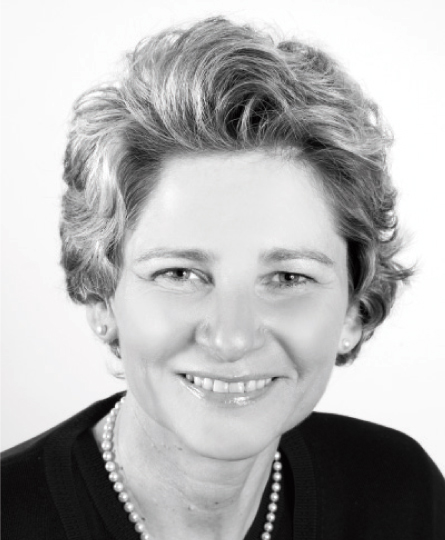Tradition, innovation and hope in new year for science
- More than 2 years ago
With this issue, Science News journeys into its 90th year. In 1921, Science Service was founded to share the unfolding new world of scientific discovery with America. Initially a mimeographed sheet known as the Science News-Letter, first published in 1922, the publication reported on such historic events and discoveries as the Scopes “Monkey Trial” in 1925 and the discovery of the DNA double helix in 1953. Over the decades, Science News thrived and evolved, as did its nonprofit parent organization. Science Service, now Society for Science & the Public, launched the world’s most important science competitions for young people, including the Intel Science Talent Search (first as the Westinghouse Science Talent Search) and the Intel International Science and Engineering Fair, to encourage and inspire students across the globe.

All successful organizations benefit from introspection and reflection, recommitment to effective practices and revision of priorities. A few years ago, under the leadership of Nobel laureate and then-SSP Board Chair Dudley Herschbach, a distinguished volunteer panel chaired by former National Academy of Sciences President Bruce Alberts analyzed the organization’s strengths and weaknesses. As I wrote in Science News in the first issue of 2008, “The core of its findings was that now, more than ever, the voice of science must be heard clearly in public discourse.”
I am happy to report that three years later, SSP has reinforced and strengthened the mission set by its founders while revitalizing its advocacy for science and science education. For example, in order to supply more timely and accessible information in a changing media climate, in 2008 Science News began publishing daily online, in addition to the biweekly print magazine. Expanding access to its award-winning content even further in 2010, Science News became available at more than 500 newsstands across the country and on Kindle. We look forward to expanding to more new platforms as technology grows and evolves.
SSP also continues to add new programs to decades-old initiatives. The SSP Fellowship, launched in 2009 with support from Intel, provides resources and training to teachers at schools where students do not have access to independent research opportunities. With SSP’s support, students from Holdenville, Okla., are building robots; students in New York City’s East Harlem are learning firsthand about environmental protection and water quality at a local marsh; and students from the Oneida Nation in Wisconsin are working on wind generators that have the potential to provide energy for their tribe.
SSP has also launched new efforts to reach students during middle school, a critical time in intellectual development when an interest in science often takes root. In 2010, SSP partnered with Broadcom to launch the Broadcom MASTERS, a national science competition for students in grades 6 through 8. Also for this important age group, SSP is finalizing a redesign of its online publication, Science News for Kids, with the support of the Lasker Foundation and others. New resources and materials for students, educators and parents will be added to the website’s award-winning science reporting — all in a format and language that middle school students can understand, and by which they will be inspired.
Most recently, eight alumni of SSP’s science competitions were invited to attend the first ever White House Science Fair. President Obama’s recognition of student accomplishments demonstrates commitment at the Administration’s highest level of the importance of science to our collective future. An array of influential scientists and leaders, from Bill Nye, to the MythBusters, to cabinet secretaries, to the President, discussed the science projects of our young innovators and advocated national investment in these young minds.
Much has been made of U.S. science education’s shortcomings and the public’s lack of a basic understanding of the scientific process in the face of challenges as varied as climate change, the economy and the most devastating diseases. However, there is hope for science in 2011 and the years ahead. I see that hope every day, in the focus of curious students who will not let a mystery alone until they have solved it, in the dedication of volunteer judges and evaluators who give up their evenings and weekends to pore over thousands of project entries, and in the millions of Science News readers who share the Society’s dedication to science through their commitment to stay informed of the latest discoveries.
Opportunities to disseminate science are as unlimited as scientific discovery itself. Science News readers support public engagement in science by reading this magazine and by choosing to become members of and/or donors to SSP. Such support is essential to ensure that the Society enters its centennial year, a mere decade away, even stronger, more vital and with redoubled determination to advance public engagement in the beauty of science and its power to contribute to human advancement.
Elizabeth Marincola is president of Society for Science & the Public and publisher of Science News.